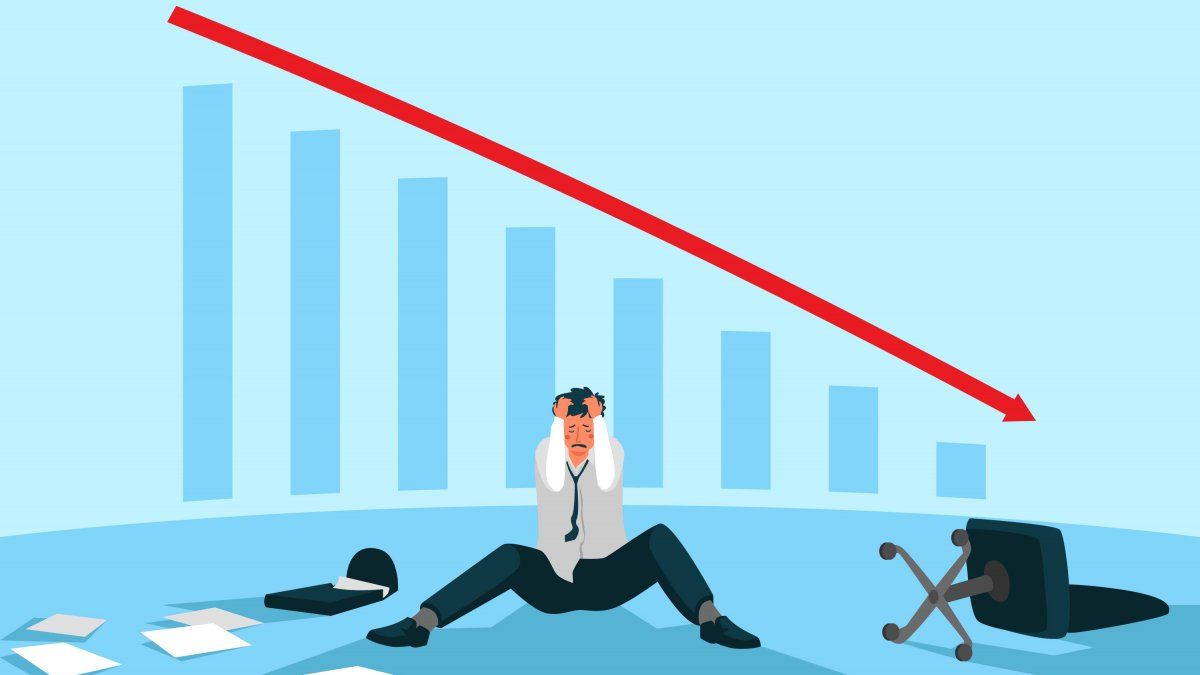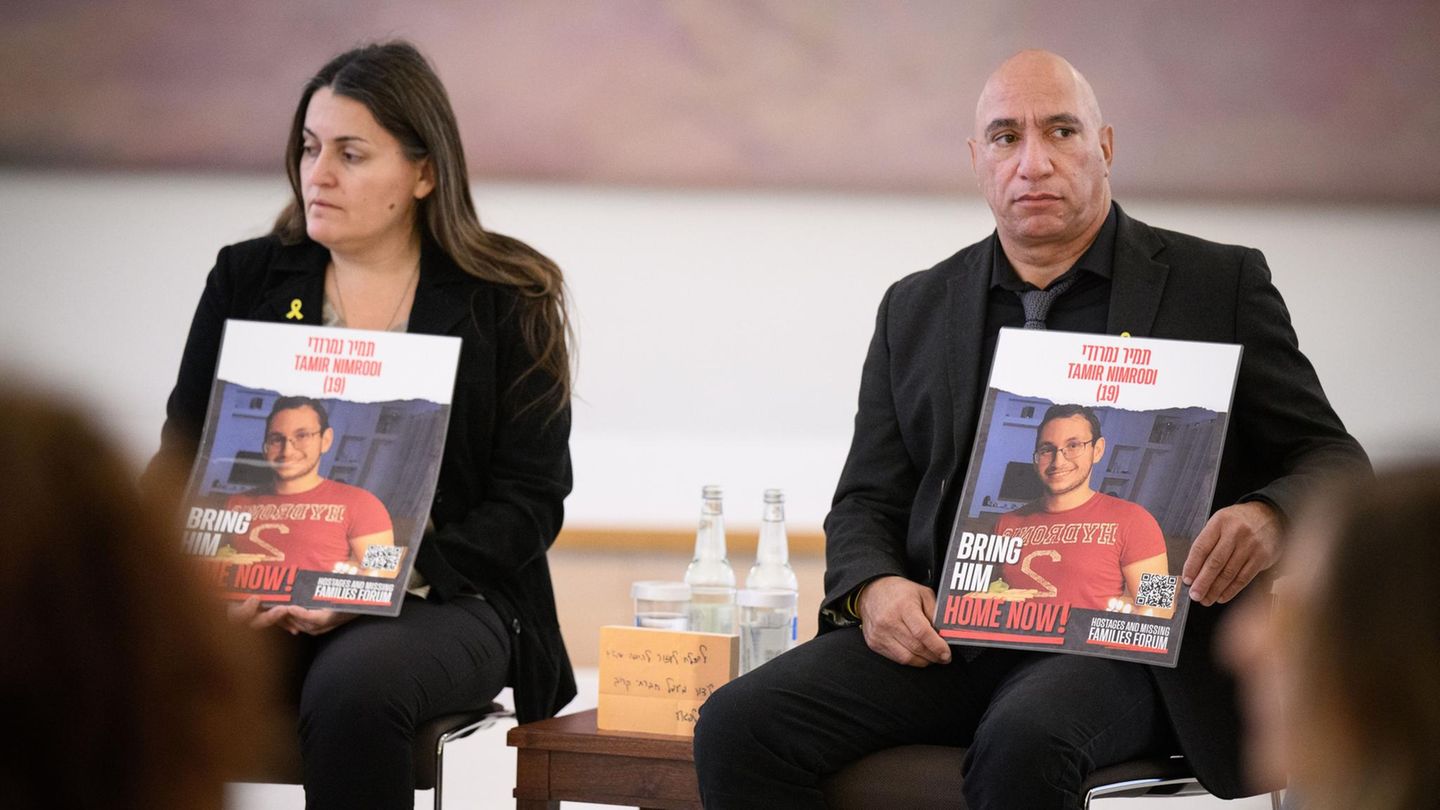In light of the failure of the Macrista experience, the level of public debt was an immanent problem in October 2019, we were without access to any source of financing, the country had liquidity and solvency problems.
There was no debt restructuring that would return Argentina to a path of sustainable debt, that would avoid the crash. Without an economic program or access to the international market, we had been adrift for 4 years. And then, to restructure the debt and for this restructuring to be the last, a fiscal program would be necessary to make the restructuring sustainable and credible. A gang of liars had taken over the state and had lied so much that no one believed them.
Debt obligations in pesos reached a peak in April 2020, totaling $310 billion, and debt obligations in dollars rose in May, reaching $6 billion, when there was a payment of $1.962 million to the Paris Club.
A delay in debt restructuring to avoid default could lead to excessive issuance of money that would destabilize any economic program. It was urgent to restructure the debt in pesos that had already been selectively defaulted (compulsively reprofiled), in order to reduce the issuance of fiscal origin. The Government should aim to keep the monetary issue under control. The dilemma was that you couldn’t issue for everything, but you couldn’t stop paying either..
Within all the plagues in Egypt that Macri left, at least the real amount of money was at minimum levels (nobody wanted pesos), the level of currency in the hands of the public was 45% lower than in 2012 (with Cristina Kirchner), the private M1 40% lower and the private M2 one third lower. An economic program that kept the real return in pesos of fixed terms in positive territory and that generated expectations of lower inflation could give rise to a monetization that would allow a controlled issuance avoiding an acceleration of the inflation rate.
THEY LEFT RUINS
In addition to the fiscal issuance needs, the next government would potentially have to issue to gradually and partially dismantle the Leliq stock and regenerate credit, issue to buy dollars from the trade surplus, and increase reserves.
The speculation of this mob was that hyperinflation would break out for the next president. “The people” (as they used to call the citizens or the people) Macrismo didn’t give a damn.
It was necessary to generate a primary fiscal surplus, not only to make the debt sustainable, but to buy the trade surplus, amplify reserves, and pay commitments in dollars. The remonetization margin was potentially significant, provided that the economic program that was put in place generated the conditions for it.
THE NEXT GOVERNMENT WILL FACE THE EMISSION DILEMMA
It was not feasible to issue simultaneously to meet the payment of the already defaulted Lecaps and Lecers, to continue disarming the Leliq stock to bring some level of credit closer and to buy the trade surplus against issuance to increase the reserves and pay the debt in dollars.
The government had to return to default debt (reprofile) early in pesos the one that had already been defaulted, to reduce the issuance required to finance the Treasury.
In fiscal matters, it was advisable to show a path of fiscal consolidation, but – who would imagine the COVID 19 pandemic in the same semester? – Argentina needed a surplus that would be difficult to achieve with a legacy plagued by social deficiencies.
At a minimum, in 2019 the government should have shown primary balance, helping the coming years, because a government could not be started by increasing the tax pressure on the red circle, although it would have been convenient if it were done. Macrista’s unsustainable public spending should be lowered. But an increase in the primary deficit in 2020 would be negative for the debt negotiation and for the 2020 monetary program. In reality, it was what they were interested in politically, making the next government fail, before starting. They left an inertia that would take the primary deficit to 2.8% of GDP in 2020
Before the pandemic, a 2020 with a growing primary deficit was going to be incompatible with a rapid and orderly negotiation of the debt and with a macroeconomically reasonable level of monetary issue.
To achieve a sustainable debt/GDP trajectory, a primary surplus of 2 points of GDP would be required. Assuming an average cost of debt of 6% and assuming a growth rate in the medium term of the order of 2%, it would be necessary to achieve a primary fiscal surplus of 2% of GDP so that the debt does not continue to grow over time.
In relation to the exchange regime, Lucia that Macri’s second trap would have to be maintained. The official real exchange rate was likely to slowly fall behind, although it already was, and only if a consistent program with moderate gaps was implemented could it at least not spike. In fact, the exchange rate was at an uncompetitive level given the fundamentals of the real economy.
The future government intended to buy the trade surplus, increasing the reserves and paying the debt in dollars, everything was going to be very difficult.
It was known that there would be an agreement between businessmen, trade unionists and the State with the intention of breaking the inflationary inertia and indexation, coordinating expectations.
If the income policy was accompanied by a consistent fiscal, monetary, and exchange rate policy, a social pact could function as an instrument to decouple indexation. A social pact was desired to achieve some recomposition of the 20 points that the salary lost in the Macrista period.
The new attempt at neoliberal reform had been vague like its officials, but in another sense, actually rather than an economic project, it had been the business plan of a gang that swept the country in just 4 years.
Director of the Hope Foundation. https://fundacionesperanza.com.ar/ Graduate Professor UBA and Masters in private universities. Master in International Economic Policy, Doctor in Political Science, author of 6 books
Source: Ambito
David William is a talented author who has made a name for himself in the world of writing. He is a professional author who writes on a wide range of topics, from general interest to opinion news. David is currently working as a writer at 24 hours worlds where he brings his unique perspective and in-depth research to his articles, making them both informative and engaging.




